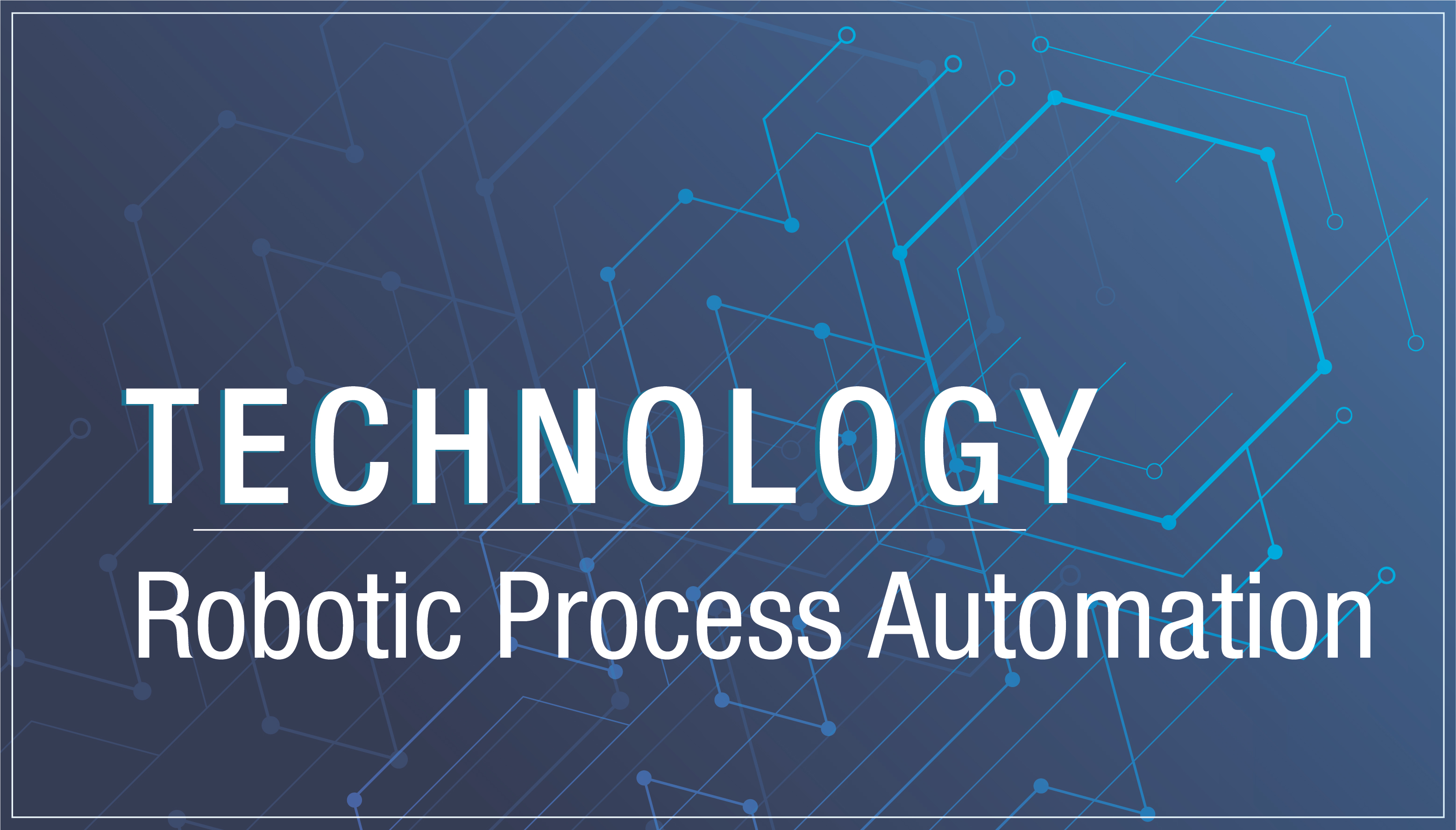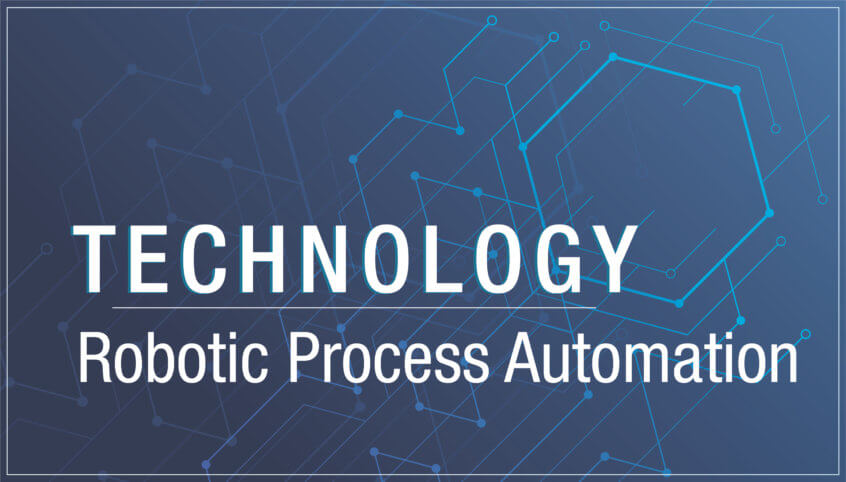
Fortunately, robotic process automation (RPA) involves nothing of the sort and there aren’t even any physical robots involved in automation software.
What is RPA?
Rather, the “robot” in robotic process automation is comprised of software robots running on a physical or virtual machine on a server. RPA is a form of business process automation that allows anyone to define a set of instructions for a robot or ‘bot’ to perform automated tasks. These ‘bots’ are capable of mimicking most human-computer interactions in order to carry out multiple error-free tasks, at a high volume and speed. Robotic process automation is nothing more than instructing a machine to execute mundane, repetitive and manual tasks. If there is a logical step to performing a task, a bot will be able to replicate it and you will be the process owner with any applicable results or reports to your mailbox.
Some examples of RPA implementations
RPA is ultimately about automating some of the most mundane and repetitive computer-based tasks and processes in the workplace. Think: copy-paste tasks and moving files from one location to another or even tasks like logging into a website to download a report. RPA automates everyday processes that once required human action and often consumes a great deal of time. This is how RPA promises to boost efficiency for organizations.
Benefits of RPA
Robotic process automation technology can help organizations by:
- Ensuring business operations and process governance complies with regulations and standards.
- Allowing processes to be completed much more rapidly.
- Providing improved efficiency by digitizing and auditing process data while tracking data abnormalities.
- Creating labor cost savings for manual and repetitive tasks.
- Enabling employees to be learn new skills and boost productivity by shifting focus to tasks of greater value.
As technology improves, the productivity potential of RPA is too promising to ignore. Ideally, these bots will allow business organizations to free up employees for higher valued work and tasks that will further advance their organization’s digital transformation efforts. After introducing RPA, we have improved our internal processes, allowing us to reclaim IT time and focus on higher impact technology transformations and implementations across the organization – and that’s only on the IT team alone!
Is my process a match for RPA?
To start, the most important step is to evaluate and document your internal processes and workflows that could be candidates for automation. There are some fundamental criteria worth considering so you and your team can get a better handle on what RPA is and how it could be useful for your team. Think about any processes that require people to do a high volume of repetitive data work and wouldn’t have unexpected predictions.
RPA is ideal for tasks involving a high-level of human data processing. The most common uses of RPA programs supplement repetitive functions or data-intensive processes where the user has to move data from point A to point B.
Four basic criteria when determining possible RPA fits:
- The process must be rule-based, no unexpected scenarios where the bot is required to decide.
- The process must be repeated at regular intervals or have a pre-defined trigger to know when, where or how to start the execution.
- The process must have defined inputs and outputs.
- The task should have enough volume.
As you learn more about RPA and implement automation into your processes, what you learn in your own experiences can help when you discuss RPA implementation with non-technical colleagues elsewhere.







